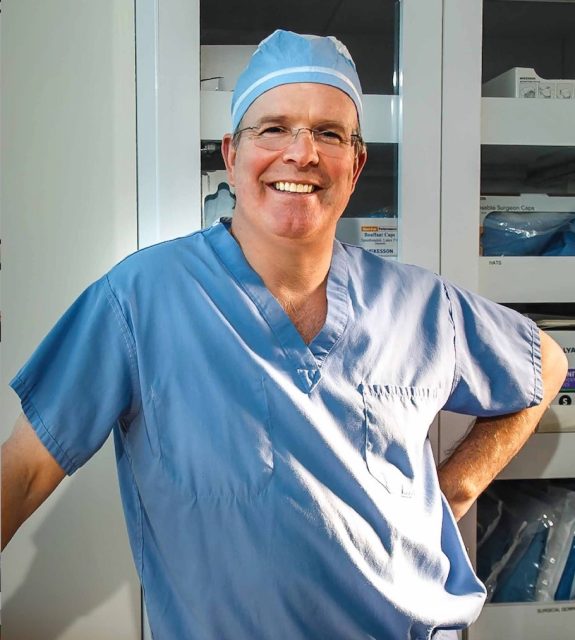Whether it's hereditary, hormones or age, hair loss is a serious condition which affects both men and women. However, there are numerous treatments which assist in targeting hair loss promoting hair growth and prevention. Hair restoration expert Dr. Demetri Arnaoutakis sat down with Haute Beauty to discuss the early signs of hair loss and the best hair growth treatments patients should seek if suffering from this condition.
What are the early signs of hair loss?
Hair loss can come on suddenly or gradually depending on the underlying cause. In men, hair loss usually begins in the hairline and around the temples leading to a “V” shaped hairline. Gradual thinning of hairs on top of the head can affect both men and women. The best way to document diffuse thinning is to compare photos from different time periods. On average, people lose around 100 hairs per day. If you begin to notice an excessive amount of hair falling out throughout the day, this could be an early sign of male pattern baldness.
Which treatments would you recommend for hair growth?
The most effective treatments are medications aimed at halting the progression of hair loss. Finasteride (propecia) is a prescription drug approved for men. Not only will patients taking finasteride experience a slowing of hair loss, but also some may even experience new hair growth. Minoxidil (Rogaine) is an over the counter medication approved for men and women. It can be used as a liquid or foam that is rubbed into the scalp daily. At first, patients may experience hair shedding, however, after six months patient will notice hair regrowth. Low-level laser therapy is also FDA approved as a treatment for hereditary hair loss. A few small studies have shown that it improves hair density.
Which procedures would you recommend for severe hair loss?
Hair transplantation has significantly evolved over the last couple decades. Now, it is possible to have natural-looking results with follicular unit extraction techniques. This involves your hair restoration surgeon removing individual follicular units from the back of the head and then transplanting them to the recipient area. Creation of a new hairline is a skill requiring both surgical and artistic finesse. It is very important to get it right the first time and thus requires significant detail and planning.
How soon can patients see results given the above treatments?
Following hair transplantation, most patients will see noticeable results between 6 and 9 months afterwards. For some patients, it can take up to 12 months. However, it is important to know that between roughly 2 and 8 weeks after the procedure “shock loss” can occur. Not only can the removal of donor hairs impact nearby follicles and cause them to fall out, but also the implantation process can trigger neighboring follicles to enter the resting phase and fall out. “Shock loss” is a temporary phenomenon. The majority of the healthy hair that fall out secondary to shock loss will regrow after the procedure.
How can patients prevent hair loss?
Although it is not possible to reverse natural balding, it is possible to protect your hair from damage that may eventually lead to thinning. Hair dyes, hair dryers, chemical infused cosmetics and hair straightening products can all potentially lead to dry brittle hair. It is important to use a basic shampoo designed for your hair type. A moderately stiff, natural-bristle brush will also be less likely to tear hairs. It is best to use a comb on wet fragile hair as opposed to a brush.
For more information, visit Dr. Demetri Arnaoutakis's social media:

























